Market Growth Projections
The Global GCC Radioligand Therapy RLT Market Industry is projected to experience substantial growth over the coming years. With an anticipated market value of 1250 USD Million in 2024, the industry is set to expand significantly, potentially reaching 3750 USD Million by 2035. This growth trajectory indicates a robust compound annual growth rate (CAGR) of 10.5% from 2025 to 2035. Such projections reflect the increasing demand for effective cancer therapies and the ongoing advancements in radioligand technology, positioning the market for a promising future.
Technological Advancements
Technological innovations in radioligand therapy are significantly influencing the Global GCC Radioligand Therapy RLT Market Industry. Developments in imaging techniques and radiopharmaceuticals enhance the precision and efficacy of treatments. For example, advancements in PET and SPECT imaging allow for better localization of tumors, thereby improving treatment outcomes. These innovations not only increase the effectiveness of therapies but also expand their applications across various cancer types. As a result, the market is anticipated to grow at a CAGR of 10.5% from 2025 to 2035, potentially reaching 3750 USD Million by 2035.
Increasing Cancer Prevalence
The rising incidence of cancer globally is a primary driver for the Global GCC Radioligand Therapy RLT Market Industry. As cancer cases continue to escalate, the demand for innovative treatment modalities like radioligand therapy is expected to grow. For instance, the World Health Organization reports that cancer is one of the leading causes of death worldwide, with millions diagnosed each year. This trend necessitates advanced therapeutic options, positioning radioligand therapy as a viable solution. The market is projected to reach 1250 USD Million in 2024, reflecting the urgent need for effective cancer treatments.
Growing Awareness and Acceptance
There is a notable increase in awareness and acceptance of radioligand therapy among healthcare professionals and patients, which positively impacts the Global GCC Radioligand Therapy RLT Market Industry. Educational initiatives and outreach programs are effectively informing stakeholders about the benefits and applications of radioligand therapy. As healthcare providers become more knowledgeable about these therapies, they are more likely to recommend them to patients. This growing acceptance is crucial for market expansion, as it leads to higher adoption rates and increased demand for radioligand treatments in clinical settings.
Regulatory Support and Approvals
Regulatory bodies are increasingly supporting the development and approval of radioligand therapies, which serves as a catalyst for the Global GCC Radioligand Therapy RLT Market Industry. Streamlined approval processes and favorable regulations encourage pharmaceutical companies to invest in research and development. For instance, the U.S. Food and Drug Administration has expedited the approval of several radioligand therapies, recognizing their potential benefits for patients. This supportive regulatory environment not only accelerates the introduction of new therapies but also enhances market growth, as more treatment options become available to healthcare providers.
Rising Investment in Healthcare Infrastructure
The ongoing investment in healthcare infrastructure across various regions is a significant driver for the Global GCC Radioligand Therapy RLT Market Industry. Governments and private entities are allocating substantial resources to enhance healthcare facilities and services, including oncology departments. Improved infrastructure facilitates the integration of advanced therapies like radioligand therapy into treatment protocols. As healthcare systems evolve, the accessibility and availability of these therapies are expected to improve, thereby driving market growth. This trend aligns with the increasing focus on providing comprehensive cancer care solutions.


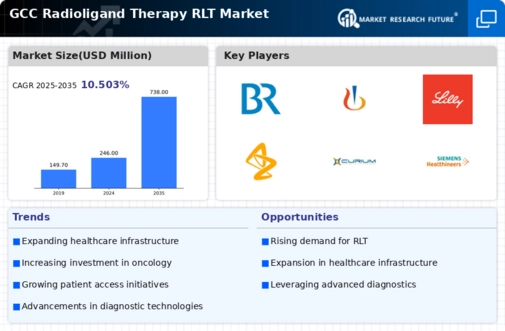
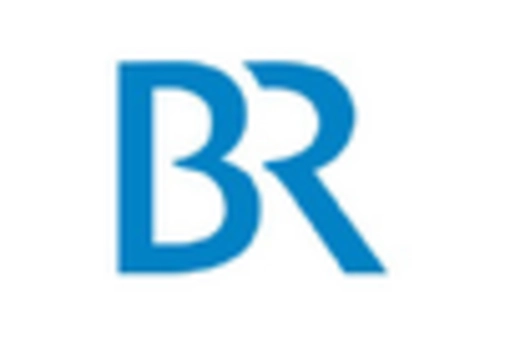
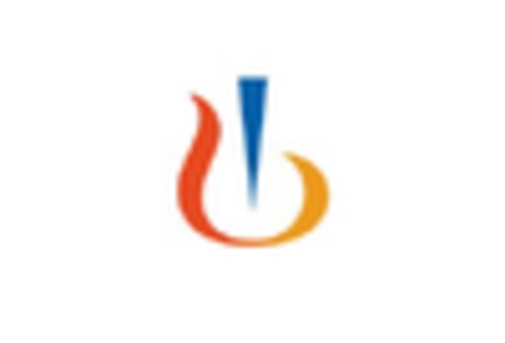
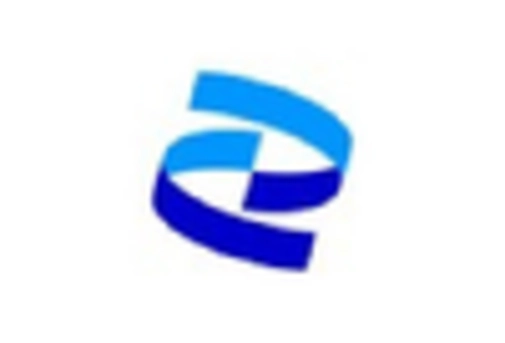
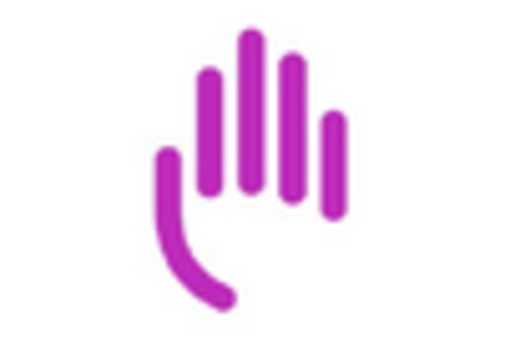
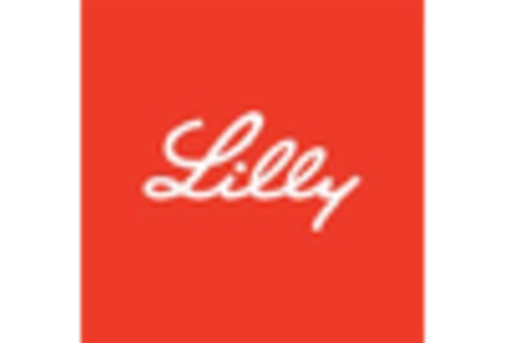
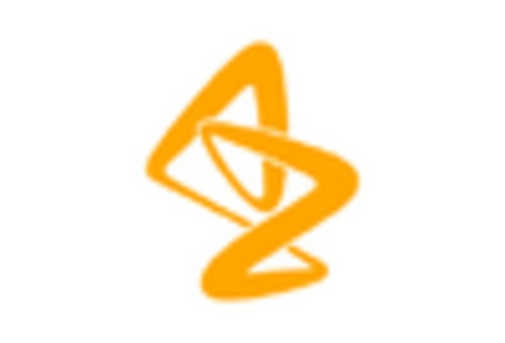
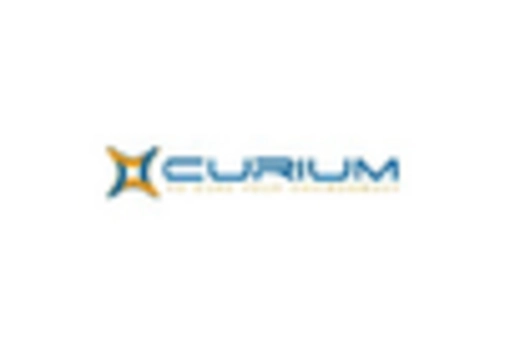









Leave a Comment